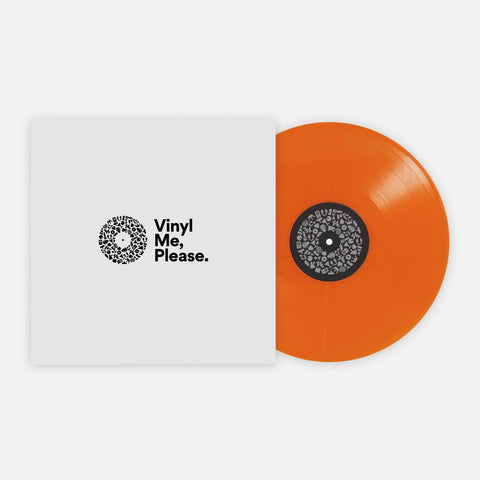Become a Member
Get an exclusive record delivered monthly for as low as $36/mo.
On the VMP Magazine
Receive a Gift Membership?
Paste your redemption code at the link below and begin your journey.
Pages

Exclusive 40% Off for Students, Military members & Healthcare Professionals – Get Verified!
FREE ${item.title}
You qualify for a free ${item.title}!
Shop more qualifying products
here.


















































































